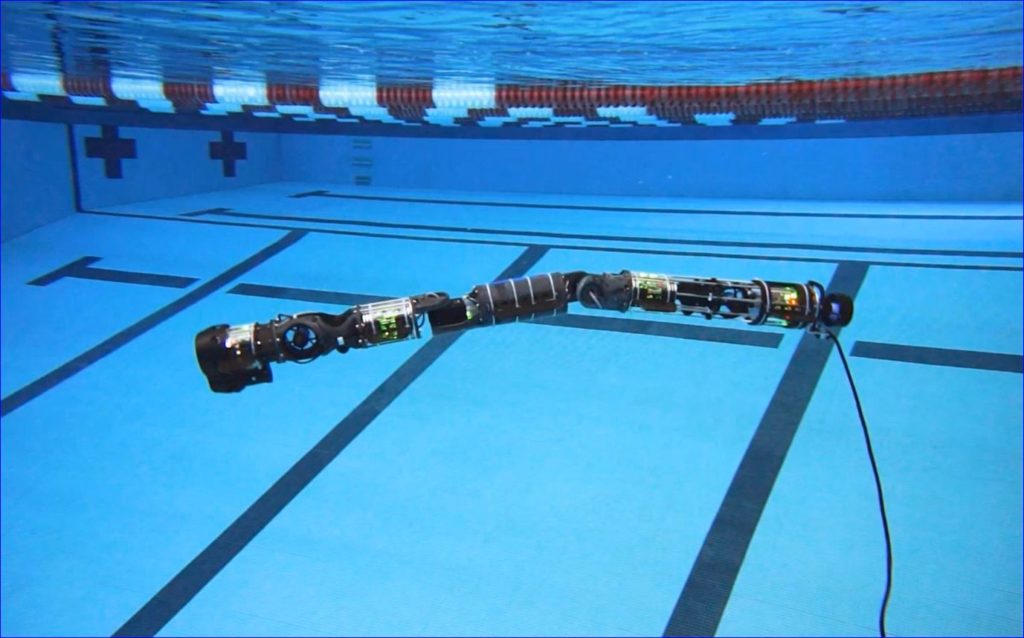Background of the Underwater Robot Snake Project
In February 2020, the Advanced Robotics for Manufacturing (ARM) Institute hosted and participated in the Joint Summit: Robotics in Sustainment II (JROBOT) event. The four-day summit brought together experts across government and the armed services to develop and recommend Office of the Secretary of Defense (OSD) policies for coordinating and expanding the use of industrial robotics in sustainment activities across all military branches.
Prior to the event, ARM Institute consortium members were invited to submit robotics projects for funding in support of the DoD’s sustainment goals through the ARM 19-04 Technology Project Call, which opened in late 2019. From there, a competitive group of project teams were invited to present their project proposals in-person at the Joint Summit.
The selected robotics projects help to meet the Department of Defense sustainment needs, which focus on the maintenance and repair of military assets over their lifetime. Spurring robotics technology and workforce solutions is critical to maintaining military equipment, lowering the cost of repairing assets, and training the staff needed to complete this important work.
Objective & Technical Approach to the Underwater Robot Snake Project

From reaching into fuel tanks to radiation spaces and more, there are many DoD needs for an underwater robotic solution that can navigate confined, awkward, and hazardous spaces. However, there are few solutions that can place robot end effectors in such spaces, and many existing robotic snake applications have a fixed base that limits reach. This robotics project sought to provide a solution to these limitations through a self-propelled, water-tight robotic snake that can operate in depths up to 20 feet. The project endeavored to create an easy to use interface that will allow people with little training to start immediately using this robot.
Impact of the Underwater Robot Snake Project
The military has limited options for inspecting areas like a ship’s hull. To do so, the Navy must either send a team of divers to the ship’s location, wait until it returns to port to deploy the divers, or pull it into a dry dock — all options that take time and money.
A submersible robot snake could allow the Navy to inspect the ship at sea, immediately alerting the crew to critical damage or sending information about issues that need attention back to port for use when the ship docks.
“The advancements being made hold great promise for helping not only the Department of Defense but also various industries around the world,” Steve McKee, a co-lead of the Joint Robotics Organization for Building Organic Technologies (JROBOT). (Source)
